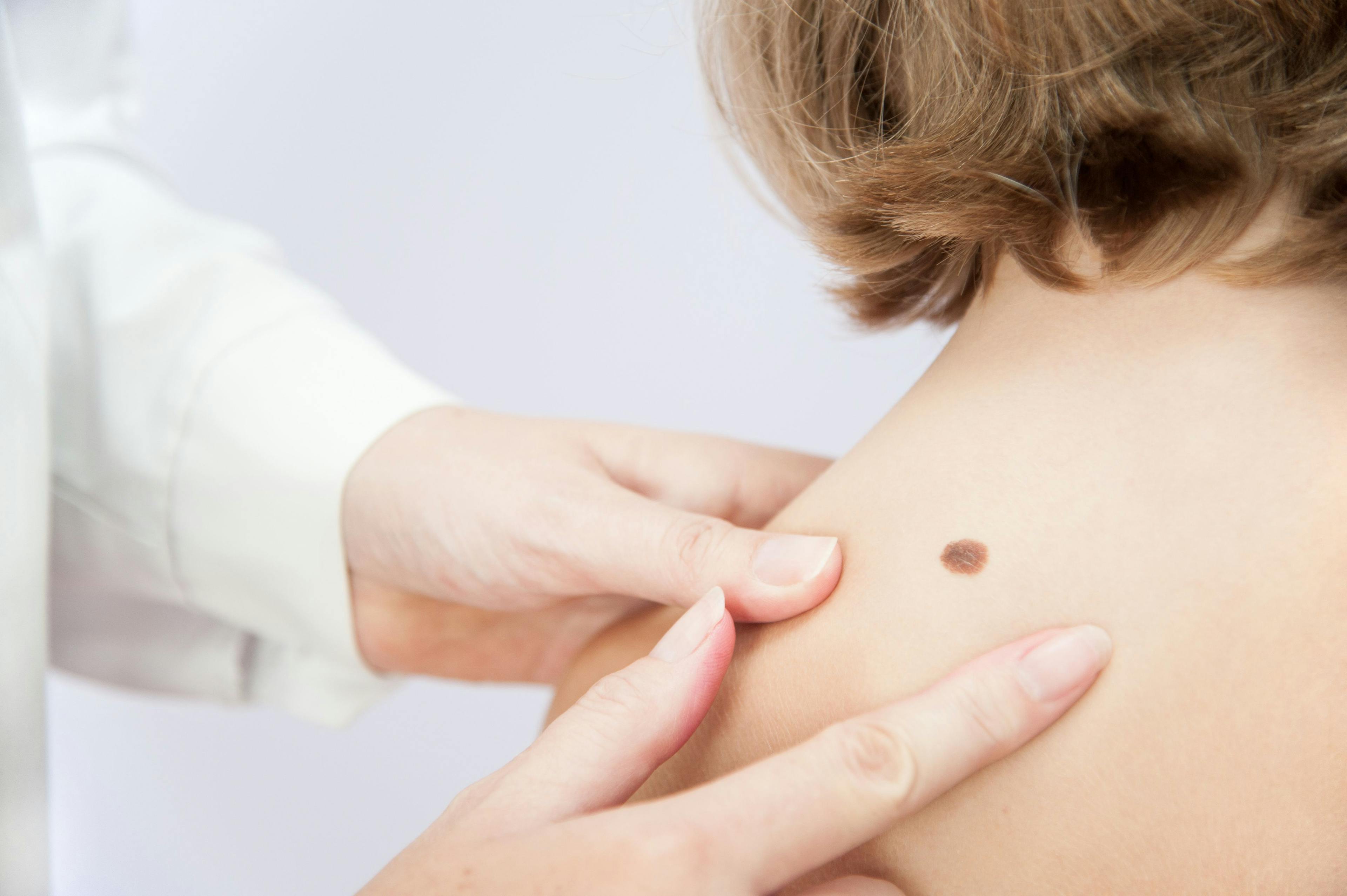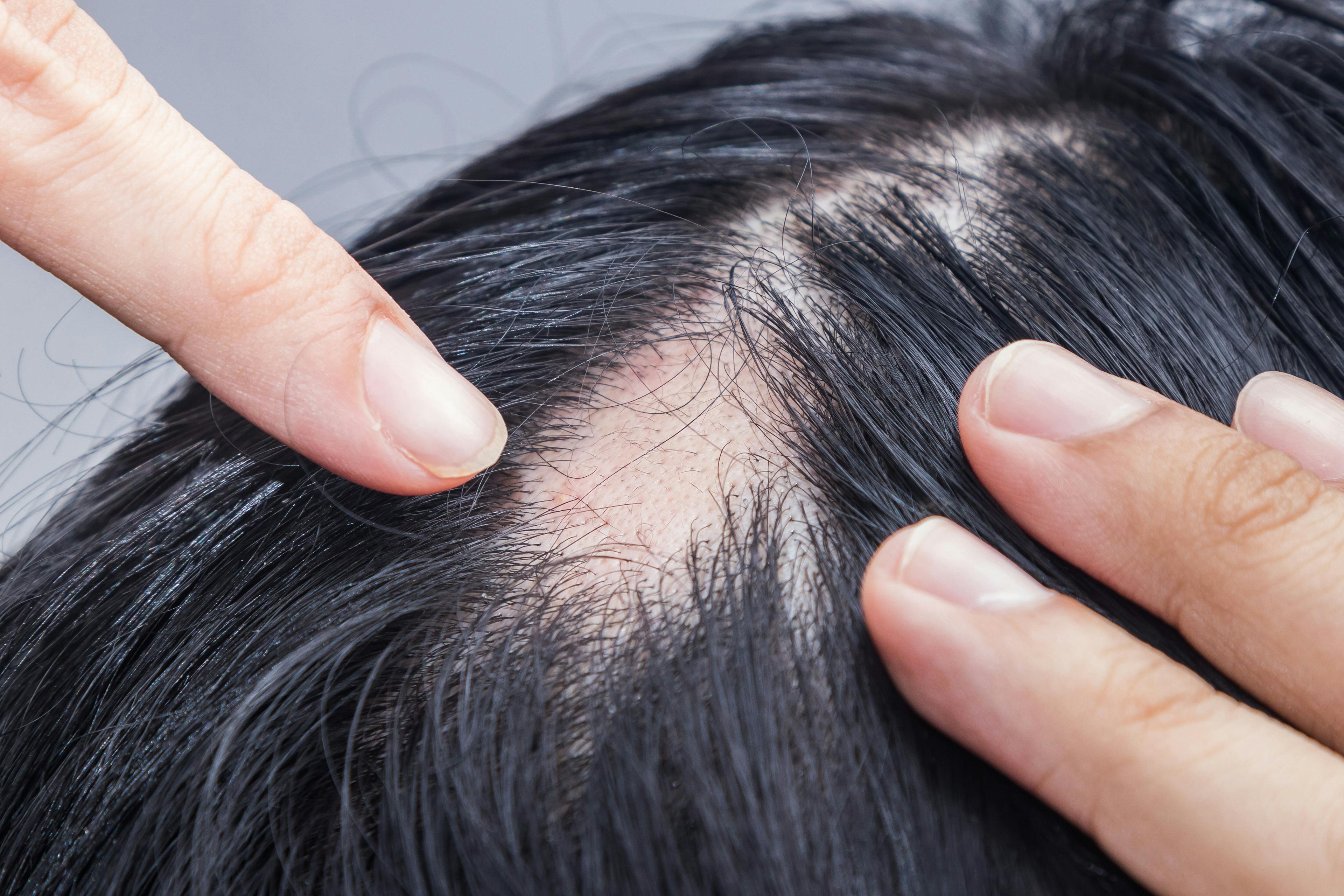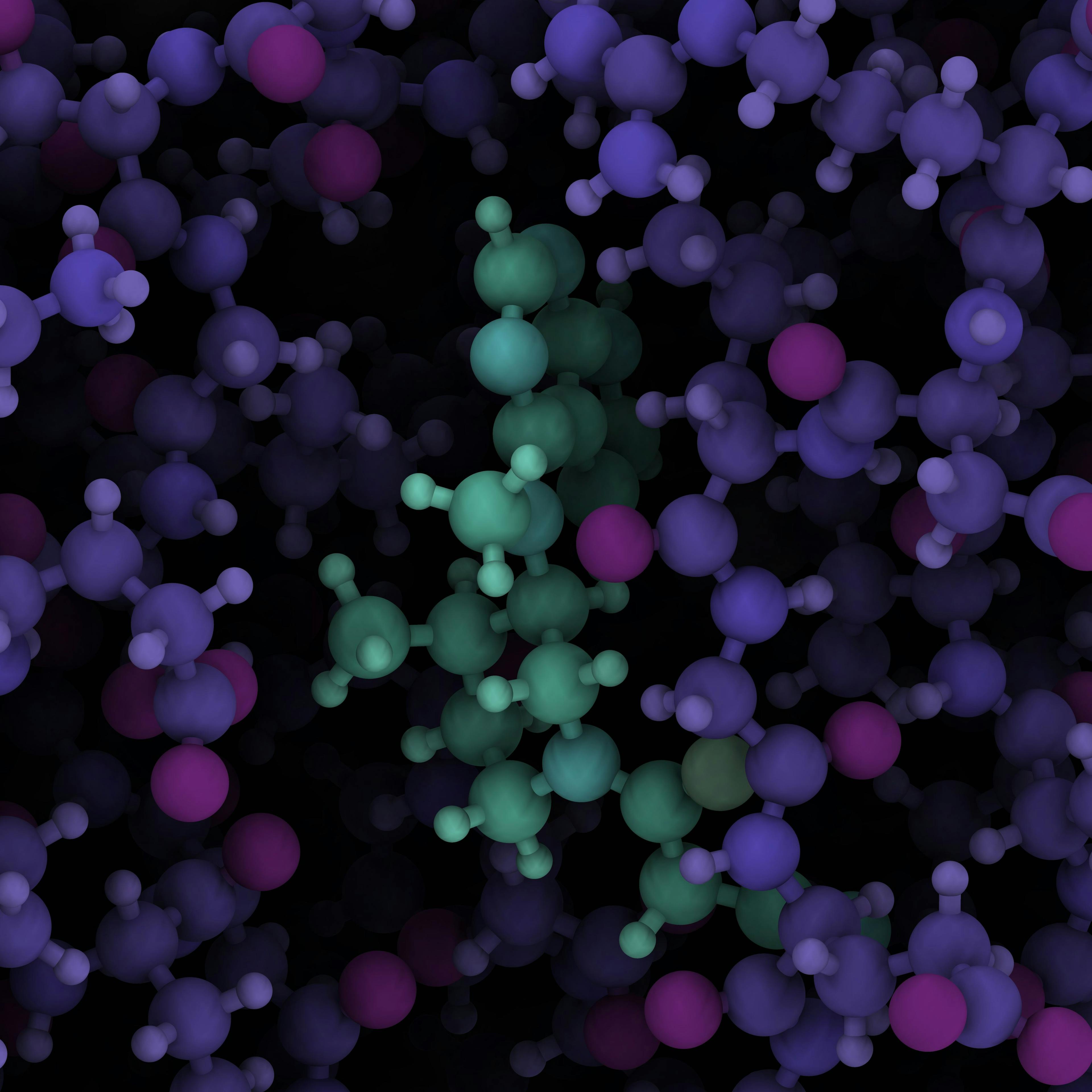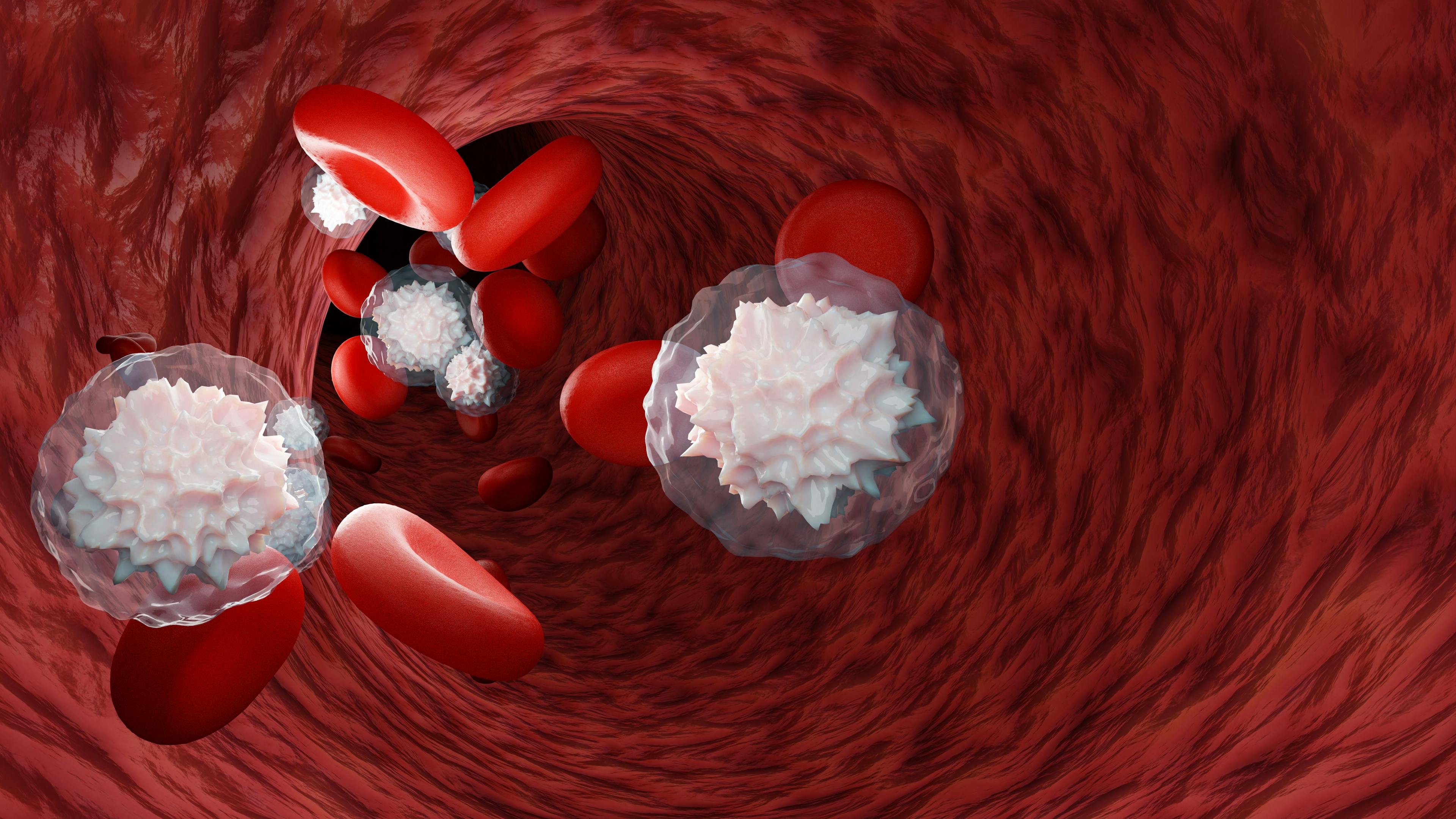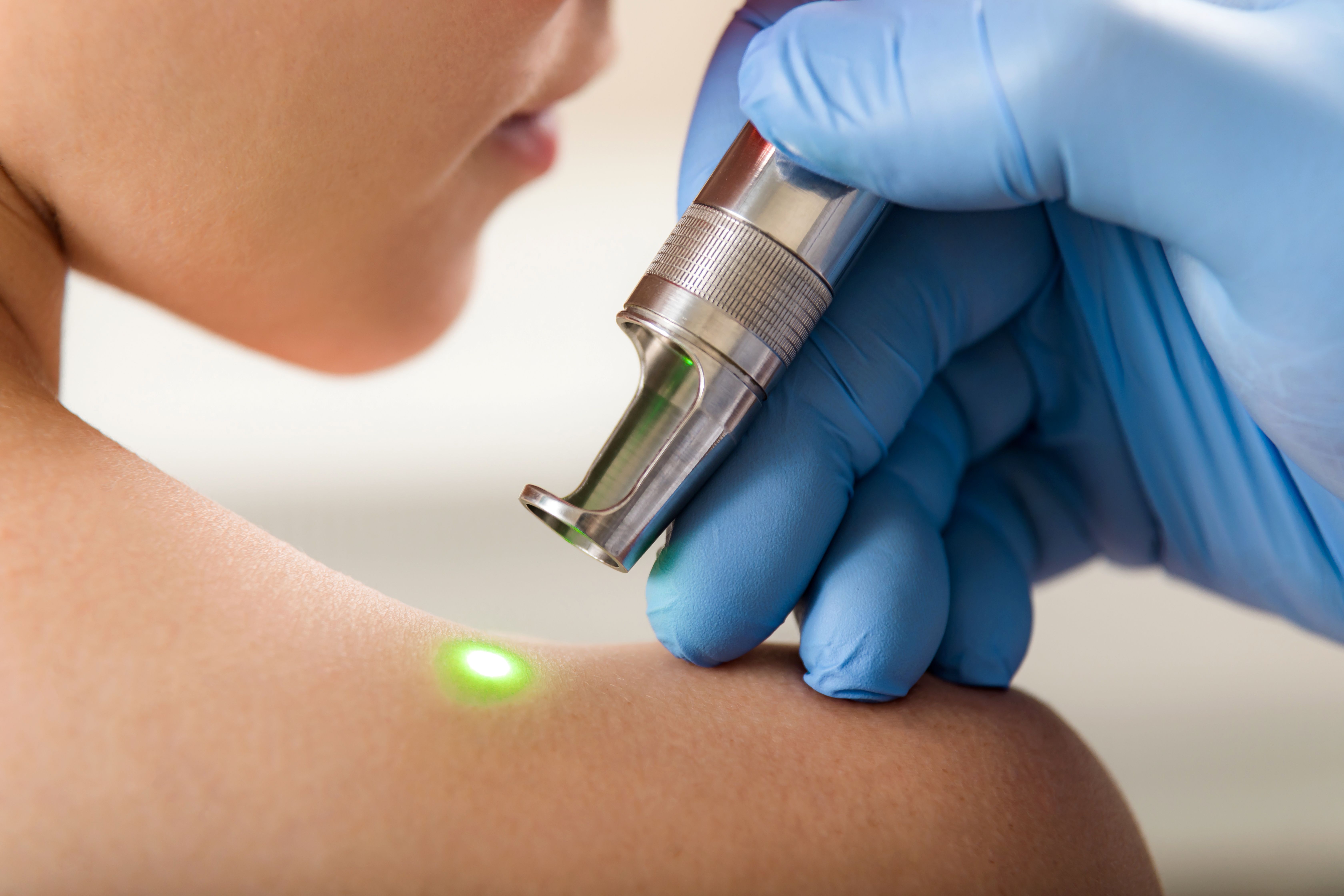- Acne
- Actinic Keratosis
- Aesthetics
- Alopecia
- Atopic Dermatitis
- Buy-and-Bill
- COVID-19
- Case-Based Roundtable
- Chronic Hand Eczema
- Drug Watch
- Eczema
- General Dermatology
- Hidradenitis Suppurativa
- Melasma
- NP and PA
- Pediatric Dermatology
- Pigmentary Disorders
- Practice Management
- Precision Medicine and Biologics
- Prurigo Nodularis
- Psoriasis
- Psoriatic Arthritis
- Rare Disease
- Rosacea
- Skin Cancer
- Vitiligo
- Wound Care
Publication
Article
Dermatology Times
The Growing Popularity of Growth Factors
Author(s):
In this month's Cosmetic Condundrums columns, Zoe Diana Draelos, MD, discussed growth factors for anti-aging.
Q: What are growth factors and how do they work?
Growth factors are regulatory proteins that mediate signaling pathways inside and outside cells. They are necessary for human life but have been harnessed to induce activities that decline with advancing age. The body manufactures many different growth factors, but those pertinent to skin are epidermal growth factor (EGF), fibroblast growth factor (FGF), platelet-derived growth factor (PDGF), and vascular endothelial growth factor. These growth factors affect dermal fibroblasts and the extracellular matrix. Cosmeceuticals may contain one or all of these growth factors in addition to others.
Growth factors are usually obtained from either cultured human cells or genetically engineered microorganisms. Most of the currently marketed growth factor–containing moisturizers use cultured human fibroblasts on a 3D matrix induced to produce collagen. However, growth factors may also be obtained from stem cells derived from adipose tissue or the newborn umbilical cord. Finally, they can be made via recombinant technology using bacteria or yeast cultures that have been modified to include a DNA sequence for a specific growth factor. All the growth factors previously mentioned have been synthesized using this technology. For example, EGF has been given the International Nomenclature Cosmetic Ingredient (INCI) name human oligopeptide-1, PDGF has been given the name human oligopeptide-10, and FGF 9 the name human oligopeptide-12. These INCI names are used to indicate the presence of the growth factor on the required ingredient disclosure, and dermatologists should look for them when trying to determine whether a cosmeceutical contains growth factors.
Q: What are the risks of using growth factor–containing cosmeceuticals?
Growth factors are regulators of cellular proliferation, which may be beneficial when trying to increase facial skin collagen synthesis, but hazardous should the proliferation proceed unchecked, leading to carcinogenic transformation. Both normal cells and cancer cells possess growth factor receptors. Is it possible that the use of growth factor cosmeceuticals could induce cancer? It is possible, but unlikely. The concentration of growth factors used in most cosmeceuticals is low, and the large molecular weight of growth factors makes it challenging for them to penetrate in large quantities into intact skin. Penetration could be increased if the skin is wounded, and growth factor–containing products probably should not be applied in a wound.
Q: Are growth factors stable and do they work?
It is certainly a challenge to keep growth factors in the moisturizer formulation active for the life of the product. In the laboratory, most growth factors are stored at temperatures less than –20 °C to maintain stability. Obviously, this is not possible in the consumer marketplace. Enzyme-linked immunosorbent assay (ELISA) tests can be used to examine the stability of growth factors in finished formulations, but this testing is not routinely done. The assumption is that if the growth factor was put in the bottle, it will come out of the bottle. But remember, the ingredient disclosure lists what went in the bottle, not what comes out of it. Dermatologists should inquire as to how stability testing was performed for growth factor–containing products they choose to dispense.
There is no doubt that the stability of growth factors and all proteins is increased when these are refrigerated. It just may not be feasible for an individual to go to the refrigerator every night and put a cold lotion on their face. Some companies have tried to increase adherence by dispensing mini refrigerators that sit on the bathroom countertop with their products. Other companies assume the cosmeceutical will be used within 3 months after opening and that stability is not an issue. These products are left at room temperature. Packaging with one-way airless bag dispensing can also help improve stability by minimizing contact with oxygen and light.
The final and most important question is whether the growth factor is active and working. This is very hard to answer. Most companies rely on clinical test results to answer this question; however, it is hard to separate the effect of the growth factor from the effect of the moisturizer vehicle. From a consumer perspective, the growth factor and vehicle effect cannot be separated, as the growth factor is always used in conjunction with the vehicle. I have been performing ELISA testing on a variety of growth factor–containing products to gain some insight. This is also limited, as the protein may be detected by ELISA, but inactive. In general, about 5% to 10% of the growth factor that goes into the bottle remains active at room temperature. Because growth factors are regulatory proteins, this may be enough to elicit an effect, but must be confirmed through more in-depth testing.

Newsletter
Like what you’re reading? Subscribe to Dermatology Times for weekly updates on therapies, innovations, and real-world practice tips.

